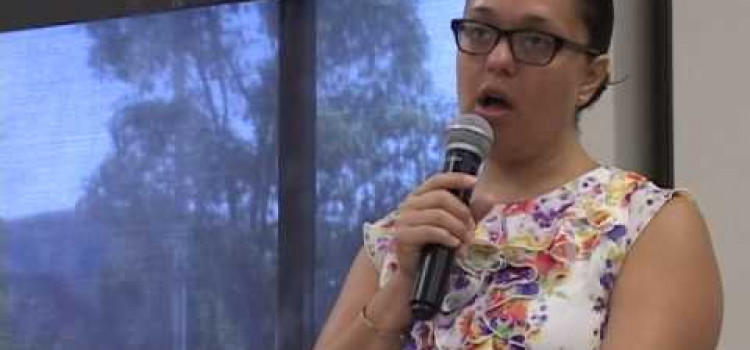

[Editor’s Note: This piece is a part of a series produced by VoiceWaves exploring the effects of trauma in Long Beach and the policies that address it. The series culminates with a community forum on trauma and healing held on Oct. 1, 2014.]
Long Beach is no novice when it comes to violence prevention. Since the 1980’s and 90’s, Long Beach city officials and community organizations have implemented countless programs and support groups to address the problem of violence — some have worked and some haven’t.
The city recently adopted a citywide Violence Prevention Plan (VPP) that hopes to reduce all forms of violence for residents across the city, including domestic violence, child and elder abuse, bullying, hate crimes and gang violence. As the city implements this multi-pronged approach to violence prevention, what can be learned from looking back at violence prevention programs of the past?
Longtime Long Beach community advocate and sitting state Assemblymember Bonnie Lowenthal says that the most effective programs she has seen are the ones that work with families.
She says the Juvenile Crime Prevention Program was a “phenomenal program”.
“We served not just the youth but the whole family and that really, really works,” Lowenthal said.
While JCPP has since been defunded, other programs have taken its place and its approach.
Currently, the city’s G.R.I.P. (Gang Reduction Intervention and Prevention), serves youth impacted by gang violence and their families in two locations: just north of downtown Long Beach and slightly southwest of the city of Signal Hill, areas that are known for high crime rates, low levels of educational attainment, and poverty.
Part of the city’s GRIP program is to provide training to ex-gang members in gang intervention to help reduce violence from a more personal street level.
Antonio Crisostomo-Romo is a manager for the Urban Peace Academy (UPA), a local organization providing the training.
“A gang intervention worker is typically somebody who used to gang bang and has turned their life around. They’re working for good, typically in the communities they’ve once gang banged in,” said Romo. The training provides emotional and mental health support, specifically focusing on trauma.
He says ex-gang members engage active gang members and their families by offering them services “to help them turn their life around” as well.
But according to Romo, this approach is only effective if there is a cooperative effort between the city, the law enforcement and the gang interventionists working on the streets to reduce violence to maintain a certain level of safety.
“Because law enforcement and gang intervention respond to violence they are absolutely crucial in maintaining that threshold of safety,” said Romo. “It makes way for more prevention programs to come in the community to actually be effective.”
Rene Castro, founder of Facilitation Lab LLC and former hub manger at Building Healthy Communities, Long Beach, agrees that a city wide approach to violence prevention is ideal. He says part of the problem with violence prevention is that sometimes people will become divided in their attempt to solve one component of the problem.
“When you talk about youth violence it’s multi-faceted. You’re talking about poverty, lack of jobs, neighborhoods that are not connected,” said Castro. “It takes all of us working together, we’ve got to stop the blame game.”
Castro also thinks Long Beach residents, impacted by youth violence or not, need to become more involved in improving neglected communities.
“…you have huge parts of the city that feel neglected that feel disconnected from decision makers, that feel disconnected from factors that impact their community…” said Castro.
As the city continues to grow and evolve we need to look at all these factors in order to properly assess the context of why these gang related crimes occur and what need to be done to maintain the peace.
Rene Castro explains, “There are individual factors, family factors, there are neighborhood factors… and then there are larger factors operating at a national level that impact youth violence.”
All these must be taken into account for the city to continually reduce gang violence and though there may not be a permanent solution, it is clear that city is working towards creating a Long Beach that will adapt and grow with the people who call it home.
Video courtesy of End Abuse Long Beach.
